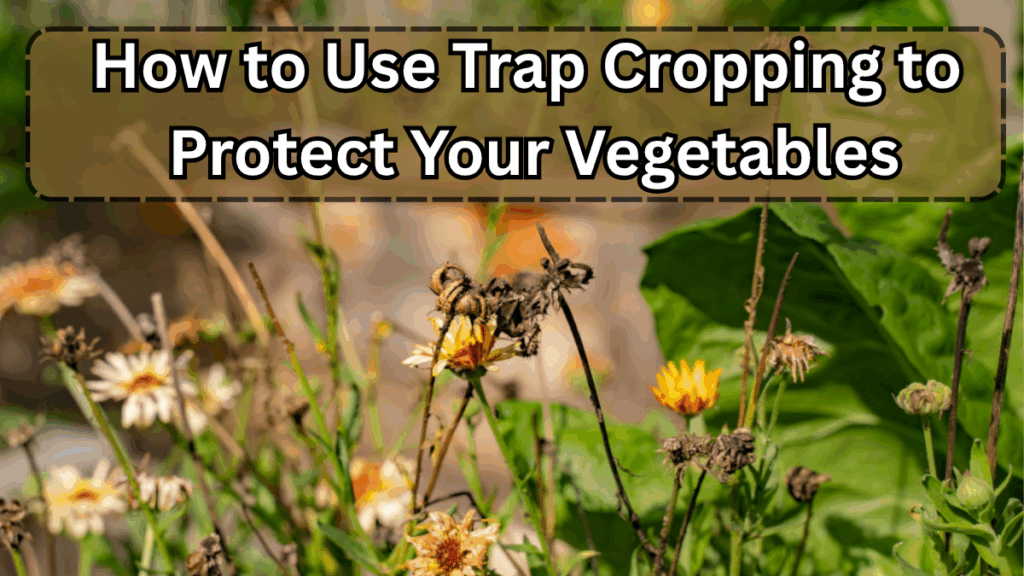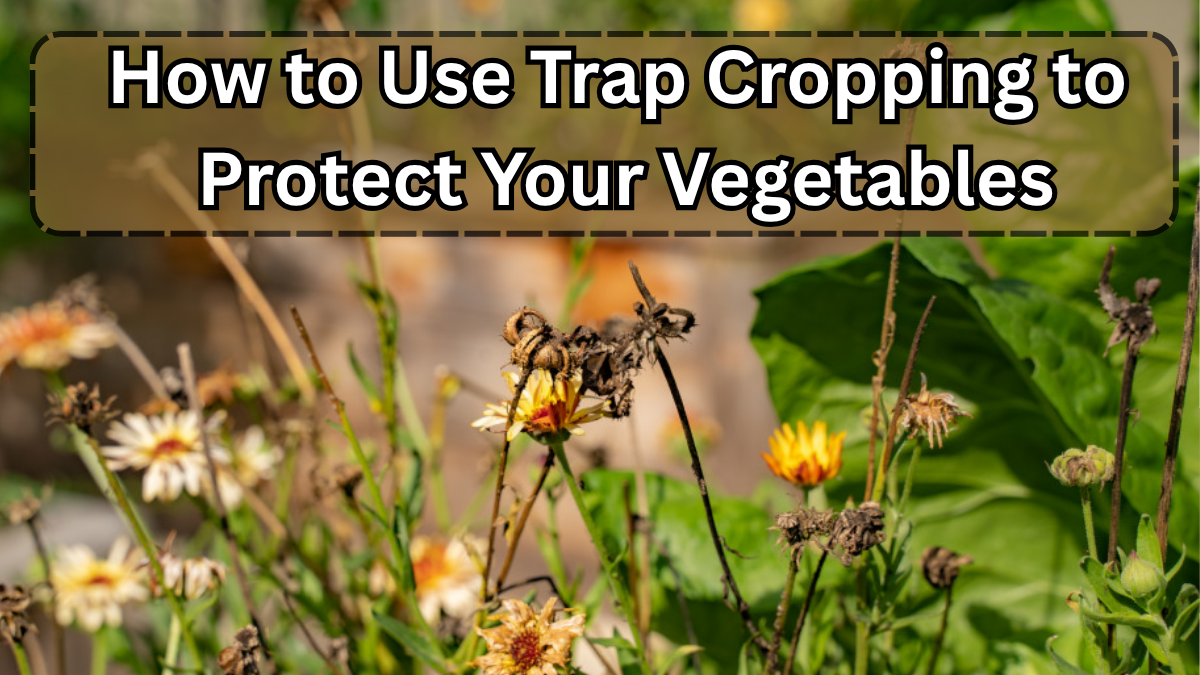Gardening is a labor of love, but pests can quickly turn your flourishing garden into a frustrating battlefield. One of the most effective and eco-friendly methods to protect your vegetables is trap cropping. This clever garden trick uses certain plants to attract pests away from your main crops, reducing damage and promoting healthier growth.

What is Trap Cropping?
Trap cropping is the practice of planting a specific plant that attracts pests more than your main crops. These “sacrificial” plants lure insects and other pests away, keeping your vegetables safe without heavy use of chemical pesticides.
Key Benefits of Trap Cropping
-
Reduces pest damage naturally
-
Minimizes the need for chemical pesticides
-
Encourages biodiversity in your garden
-
Supports organic gardening practices
How Trap Cropping Works
The principle is simple: pests are drawn to plants they prefer, leaving your primary crops undisturbed. By strategically placing trap crops, you create a protective barrier for your vegetables.
Steps to Implement Trap Cropping
-
Identify Problem Pests
Determine which insects are causing damage in your garden. -
Choose Effective Trap Plants
Select plants that are more attractive to these pests than your main crops. -
Strategic Planting
Place trap crops along the borders or in rows beside vulnerable vegetables. -
Monitor and Maintain
Regularly check the trap crops for pest activity. Remove or treat pests if necessary to prevent them from spreading.
Best Trap Crops for Common Vegetables
| Main Vegetable | Trap Crop | Pest Controlled |
|---|---|---|
| Tomatoes | Nasturtium | Aphids, whiteflies |
| Cabbage | Mustard | Cabbage worms, flea beetles |
| Corn | Sunflower | Corn earworms, aphids |
| Cucumbers | Radish | Cucumber beetles |
| Beans | Marigold | Bean beetles |
Tips for Successful Trap Cropping
-
Plant Early: Trap crops should be established before pests arrive.
-
Multiple Layers: Plant several rows of trap crops to enhance protection.
-
Healthy Plants: Keep both main and trap crops healthy to avoid attracting additional pests.
-
Combine With Other Garden Tricks: Use pest control methods like companion planting and natural predators to boost effectiveness.
Common Mistakes to Avoid
-
Planting trap crops too late, allowing pests to reach main crops first.
-
Overcrowding trap crops, which may attract more pests than you can handle.
-
Ignoring maintenance—trap crops require regular monitoring.
FAQs About Trap Cropping
Q1: Can trap cropping completely eliminate pests?
A1: No, it won’t remove all pests, but it significantly reduces damage when combined with other pest control strategies.
Q2: How far should trap crops be planted from vegetables?
A2: Ideally, trap crops should be on the garden’s perimeter or adjacent to vulnerable crops to act as a first line of defense.
Q3: Do trap crops need special care?
A3: Yes, trap crops must be kept healthy and monitored for pest buildup, just like your main crops.
Q4: Can trap cropping be used in small gardens or containers?
A4: Absolutely! You can use small pots or borders as garden tricks to implement trap cropping even in compact spaces.
Click here to learn more
